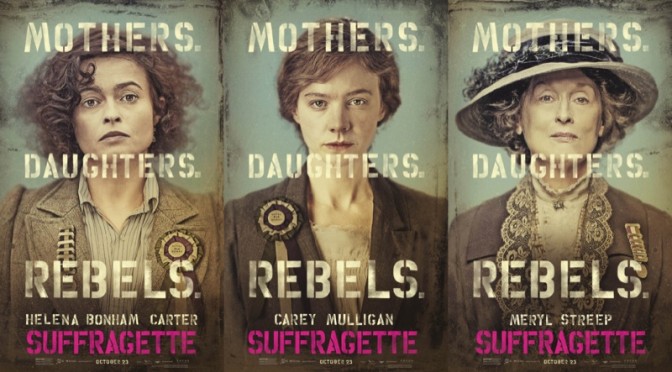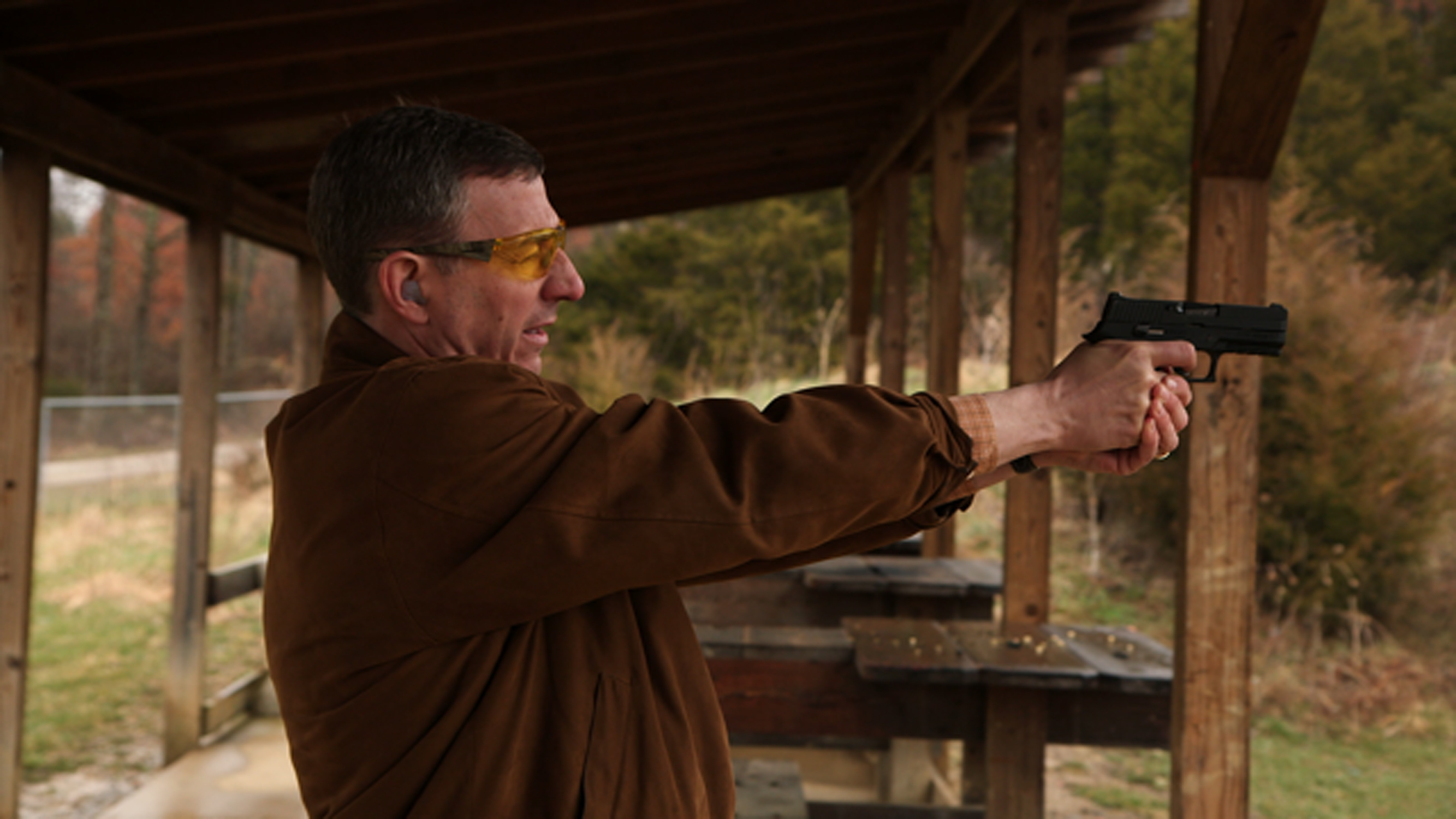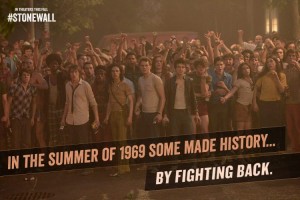Suffragette
Posted on October 29, 2015 at 5:30 pm
B| Lowest Recommended Age: | Middle School |
| MPAA Rating: | Rated PG-13 for some intense violence, thematic elements, brief strong language and partial nudity |
| Profanity: | Brief strong language |
| Alcohol/ Drugs: | Drinking, smoking |
| Violence/ Scariness: | Some intense violence including bombs, police brutality, domestic violence, and sexual abuse, characters injured and killed |
| Diversity Issues: | A theme of the movie |
| Date Released to Theaters: | October 30, 2015 |
| Date Released to DVD: | February 1, 2016 |
| Amazon.com ASIN: | B017Y01GOM |

How do you persuade politicians to give you the vote when you do not have the capacity to vote them out if they deny it? That was the problem faced by women in later 19th and early 20th century Great Britain and the US. While Abigail Adams urged her husband to “remember the ladies” in setting up the US government, the Constitution did not give them the right to vote. Nor did the 15th amendment to the Constitution adopted after the Civil War to give the vote to all men, regardless of race. Efforts to give “universal suffrage” in the UK led to reforms over the 19th century, but none of them granted any voting rights to women.
As this film begins, women in the UK had been fighting for the right to vote for 30 years. They concluded that they had exhausted all peaceful means of sending their message and were resorting to what today we might consider terrorism, throwing rocks at store windows and planting bombs in mailboxes. They were careful to destroy property only. No one was hurt through their protests, except for the protesters themselves, who were subjected to extreme brutality from the police, including torturous forced feeding for those who participated in hunger strikes when they were imprisoned.
Those who have studied the history of women’s suffrage may be familiar with the names of the leaders, like Emmeline Pankhurst (played in this film by Meryl Streep). But as so often happens with history, the stories of the everyday women who played a vital role in the movement are not well known, and this film wisely focuses on them. Pankhurst is on screen for less than ten minutes. The movie’s main character is a composite who is representative of the working women who became a part of the cause. Maud (Carey Mulligan) works in a laundry as does her husband (Ben Wishaw) and as did her mother, until she was killed in an industrial accident. She began working there as a child and will work there as long as she can, though she knows that the likelihood of injury or illness caused by the working conditions is very high. That is not the only problem. As her friend’s young daughter comes to work in the laundry, we can see from Maud’s reaction to the sexual assaults by a predatory boss are something she recognizes from her own experience.
Maud is in the wrong place at the wrong time and is assumed to be working with the protesters. Instead of denying it or, when she has the opportunity to help her situation by spying on them and reporting what she learns back to the police, she begins to think for the first time that there could be a chance to create a better life for herself and for the next generation, and she becomes involved, though she risks losing her job, her husband, and her child.
The movie, written by Abi Morgan and directed by Sarah Gavron, is somber in tone but it is effective at showing the harsh conditions of Maud’s life and the always-watchable Mulligan gives her character a developing ferocity that is more of a surprise to her than it is to us. It also is effective at showing us the class divisions and how women across class lines worked together. But 21st century audiences well-versed in the narratives of later protests like the civil rights, women’s equality, environmental and and anti-war movements may find it difficult to sympathize with the literally incendiary tactics of these women. There are so many characters in a very limited time period with very little progress that its good intentions are not enough to make it a strong narrative.
Text at the end of the film provides sobering statistics about how long it has taken — and is still taking — for women to get the right to vote. Here’s hoping it will not take explosives for these women to have a say in the laws that govern them.
Parents should know that this film features protest violence including destruction of property and explosives by activists and police brutality by law enforcement. Characters are injured and killed and there is domestic violence, sexual abuse, a parent permanently separated from a child, brief strong language, and non-sexual nudity.
Family discussion: If you were advising the activists on behalf of women’s right to vote, what would you suggest? How did later political movements learn from their example?
If you like this, try: the documentaries “One Woman, One Vote” and “Not For Ourselves Alone“





